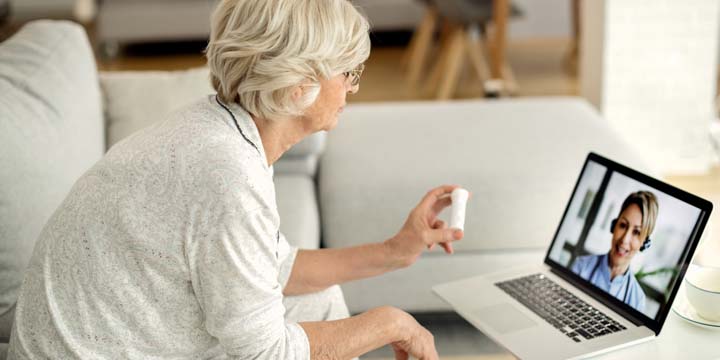
The world today is all about instant communication. Sharing data via cloud-based systems allows us to have access to all our information regardless of which device we’re using; “clouds” are also becoming increasingly popular for sharing information about diabetes management. Let’s break this into two areas of discussion: 1) sharing information; and 2) enhancing self-management education and support through digital health.
Sharing information
Bluetooth technology has removed the challenges of cords and cables, the requirements of software and, most importantly, the effort involved to actually upload data into the computer and send it to your diabetes team, either by email or by saving files to a website. Connecting your diabetes device (for example, a glucose meter, insulin pump or continuous glucose monitoring system) effortlessly with this technology ensures that your data is easily available to you and – with your permission – your healthcare team. Diabetes clinics can now log in, take a look at how you are doing and, if necessary, reach out and provide feedback to assist in your diabetes management.
All of this can happen with only the initial effort of turning on Bluetooth and setting up “the cloud;” after that, the rest is easy! Even if you do not want or need to share data with your diabetes team on an ongoing basis, cloud-based data storage and transfer – along with the ability to enter information about food, insulin, activity and unusual circumstances such as stress or illness – is now a virtual diabetes diary. Plus, it’s always available and eliminates the need for log books.
Digital health (cloud-based diabetes management)
Digital health involves multiple strategies to link technology to healthcare delivery. One of these strategies is cloud-based data exchange; however, there are many other innovative ways to improve healthcare delivery and look at all data to promote the best self-care management strategy for people living with diabetes.
Cloud based therapy is becoming very popular, but it is just the beginning. Digital technology can enhance delivery of diabetes care, education and support and are now being utilized. In the future, it will include remote medical visits, ongoing monitoring, interactive education models that can be tailored to individual needs, providing electronic reminders to improve adherence, and diabetes coaching to provide support and ongoing motivation. The potential to provide decision support to people with diabetes for such issues as individualized insulin titration can improve people’s confidence to make the necessary adjustments.
This is just the tip of the iceberg of digital health and how it can be utilized to help people living with diabetes. You can expect to learn a lot more about this area in the future, so stay tuned!


